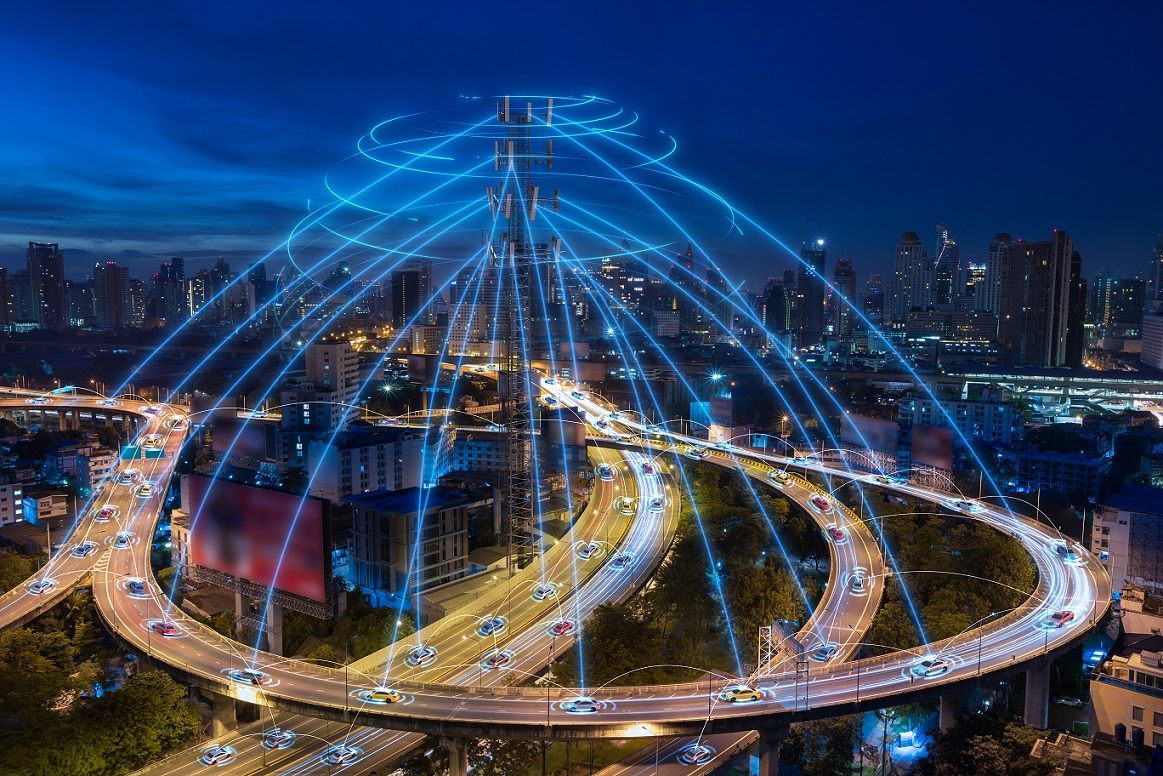Automated Vehicles – or mindless drones?
Some say that automated vehicles (AVs:) are the solution to safety, congestion, crowded streets and pollution caused by road transport. Others state that AVs will create the greatest gridlocks of all times.
The fact that AVs will (probably) be convenient to use, and that users don’t mind spending some extra time on their journey, since they can focus on things other than actually driving the car, are important facts to consider when talking about automated vehicles.

User perspective in focus
Imagine you sit in the backseat of an AV that’s taking you to your next appointment, answering some e-mails or finalizing that super important report your boss has been nagging about. What is important for you in this situation? Getting there as fast as possible, or being sure that you get there on time, as smoothly as possible without unnecessary stops and avoiding motion sickness?
Research show that people place higher value on reliable travel times and a comfortable journey when they can spend the travel time on something productive. But to ensure the latter, we can’t leave the AVs alone in planning and managing their own journeys. Why? AVs as well as humans can only plan their journey based on what they know. Yes, we can get information about congestion from our navigation systems, but there is not much we can do about it except maybe try to take an alternative route. It’s fact-based information; There is congestion, you will be delayed, deal with it.
Traffic management 2.0 – The traffic control towers for AVs
Today, a traffic manager's tool to keep road capacity is to influence drivers by providing information about the traffic situation using variable message signs, navigation systems, radio channels, apps, etc., hoping that some percentage of the recipients will follow the recommendations given. On a more microscopic level, traffic lights dynamically regulate local intersections, or in best case a corridor, but are still highly dependent on a short-range visual communication with the driver.
As of today, it is probably the best way to do it, but imagine a future where there is a possibility to control road vehicles in the same way as we do with airplanes and trains today. By advising the AVs before they start their journey on which route to take and which speed to maintain throughout the entire journey, the traffic management system will influence the traffic situation in such a way that the dreadful congestion never occurs in the first place. And in case of unexpected changes, vehicles will be redistributed in a coordinated way, so that the benefit for the individual vehicle matches with the benefit of the community of vehicles, in a win-win scenario. We call this “Collaborative Traffic Management”, where vehicles are allocated “slots” along their route which are constantly updated by the traffic control system to ensure a smooth and reliable journey.

C-ITS - Getting connected is key.
There are still some years before there is 100% coverage of AVs, and even longer (if ever) before we can also control and predict the behaviour of pedestrians and bicycles. We are in a transition period that has just started. The automotive industry is pushing for connected driver support and we see more and more cities investing in C-ITS* to meet these requirements. Expanding existing infrastructure with a digital twin to communicate directly with the car is the most important action that cities and road authorities should consider today.
*Cooperative Intelligent Transport systems
Authors

Gino Franco
Head of Innovation ITS Division
